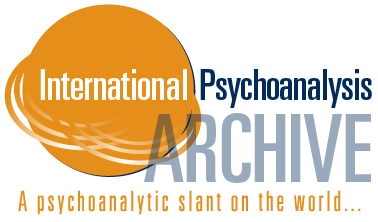Click Here To Read: Getting It Right: In HBO’s In Treatment, Art Imitates Therapy By Molly Layton on the Psychotherapy Networker Website.
Category: Controversial
The World Inside Our Heads: ‘Human’ by Michael Gazzaniga
Trying to Fathom the Human Condition, Letter by Alan Eisnitz to the New York Times
Trying to Fathom the Human Condition, Letter by Alan Eisnitz to the New York Times on July 17th, 2008.
To the Editor:
David Brooks writes how scientists view human behavior, motivation and feelings as influenced by genetics, brain mechanisms and interactions over time with a complex environment and the people in it. This is precisely the area in which psychoanalysis works.
Psychoanalysis today aims to understand and eliminate negative forces in a person’s “transference” — the emotions and predispositions, both conscious and unconscious, from that person’s present and past experiences as they come to life as motivational forces in the present, and in particular in the treatment and toward others in the patient’s life.
I believe that much could be learned if shifts in the transference could, if possible, be studied as they occur, by methods of brain study now available, and as they develop, and their findings correlated with the psychoanalytic findings. Continue reading Trying to Fathom the Human Condition, Letter by Alan Eisnitz to the New York Times
Ideas Festival: David Brooks on Human Behavior
Freudians having bad dreams about the end of the couch by Jasper Copping from Telegraph.co.uk
Freud’s Hypothesis that the Jews Killed Moses by Robert Lippman
Psychiatric Group Faces Scrutiny Over Drug Industry Ties by Benedict Carey and Gardiner Harris
Click Here To Read: Psychiatric Group Faces Scrutiny Over Drug Industry Ties by Benedict Carey and Gardiner Harris in the New York Times, July 12, 2008,
Click Here to Read: Initial Severity and Antidepressant Benefits: A Meta-Analysis of Data Submitted to the Food and Drug Administration
Click here To Read: Beyond Medication, Toward Rehabilitation: The Role of the Psychiatrist By Martin Willick




